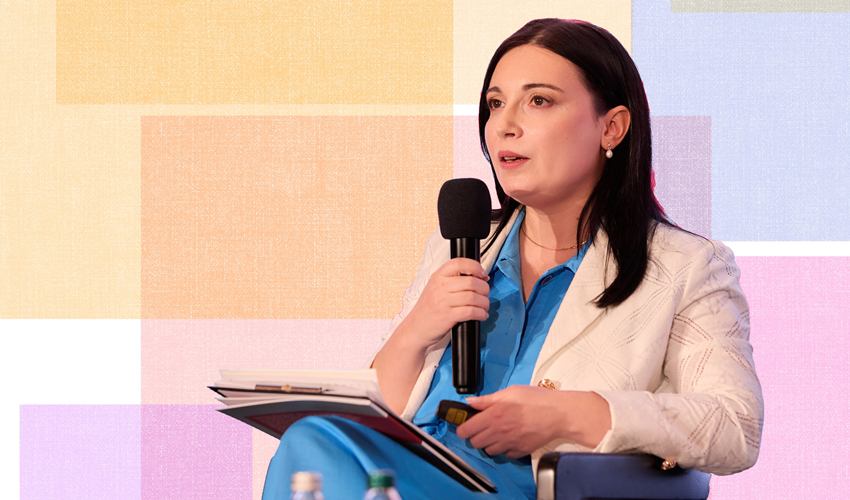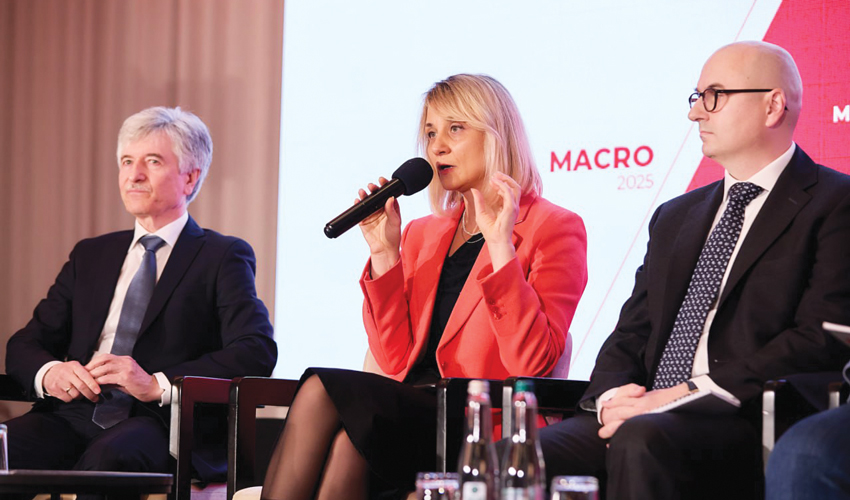
The current (budget year September 2024-September 2025) international assistance system is as follows. Moldova (both the now-defunct USAID and the U.S. Embassy and some other organizations) receives money from the AEECA fund, which covers Europe, Eurasia, and Central Asia. Funding goes directly through Congress. This year the AEECA budget is $8 billion (further all amounts are in US dollars). Similar funds provide money to all regions of the world – 205 countries and territories.
According to the new document, only one fund will be created for the whole world (presumably called Great America) with a budget of only 1 billion.
Thus, the system that has been working for many years and operated with huge funds will be destroyed. For example, the budget of USAID alone for 2024 was 35.44 billion, the State Department – 20.05 billion, the Defense Department – 13.69 billion, etc. In total, $77.24 billion was allocated for international cooperation.
Thus, many projects will remain unfinished, while others will not even begin.
How will this affect Moldova?
In 2023, 310 million was allocated to Moldova within the framework of all programs, which made the USA the largest donor for our country. That year, the contribution of other partners to our country was more modest: European institutions – 262.4 million, World Bank – 109.1 million, France – 83.79 million, Germany – 75.52 million, Romania – 60.82 million.
American aid in 2023 was distributed in many directions:
- for economic development – 165.6 million;
- for the maintenance of peace and security – 71.52 million;
- for the development of democracy and human rights – 38.86 mln;
- to support various programs – 14.01 million;
- on humanitarian aid – 9.7 mln;
- 8.165 million for multi-sector projects.
The rest of the funds went in relatively small amounts to education and social services (1.73 million), health care (366 thousand), and environmental protection (101 thousand).
The lion’s share of this funding went through USAID – 211.5 million, the State Department spent 87.5 million, the U.S. Treasury 8.23 million, etc.
In 2024, Moldova’s funding decreased to 194 million. The largest amount (108.1 million) was again spent on economic development. USAID was also the main “conduit” for investing American money in Moldova (150 million).
Already from these data we can see that the US funding to Moldova has significantly decreased even before Donald Trump came to power and launched his MAGA program.
Nevertheless, the actual cessation of funding under Trump will hit the republic’s development quite sensitively. U.S. aid programs, especially USAID, have done a lot of good.
We can recall two competitiveness projects, which were managed by the current Minister of Economy, Doina Nistor. With the help of these programs, associations of light industry and furniture manufacturers were created. The joint brand DinInima was launched. The national wine brand “Vino Moldova. Living Legend” to promote Moldovan wines on the international market. Wine Vernissages” started and continue to live an independent life. The tourist logo of Moldova “Tree of Life” was created and many other useful things were done.
Tekwill, ZIPHouse, MediaCor, Artcor, Clasa Viitorului, Fablabs, Nordtech appeared.
The five-year USAID project “Institutional and Structural Reforms in Moldova” (MISRA) could do as much, if not more. It was aimed at improving the environment for business, investment, and trade; strengthening the institutions of state economic governance; improving transportation, logistics, trade, and commerce; accelerating financial sector reform; and other areas.
Unfortunately, in February, 26 project staff were put on a three-month technical leave, but a week later were laid off altogether. Many USAID-funded programs, some very necessary and some not so necessary, were closed.
The agency’s largest program in Moldova, which was announced in 2022 – “Energy Security of the Republic of Moldova” worth 300 million – is also fading into history. It included the construction of the Gutinas-Straseni high-voltage transmission line between Romania and Moldova, the purchase of a state-of-the-art 75 MW battery energy storage system and 22 MW internal combustion engines, capacity building of Moldelectrica, and the development of the SE Energocom.
In total, the agency has implemented more than 130 strategic projects and programs to improve sectoral competitiveness over the 33 years of its presence in Moldova.
At the same time, other American institutions and foundations that had been providing financial support to Moldova were reduced or stopped.
“The U.S. does not have any specific policy towards Moldova right now. They don’t have enough resources to focus on our country. And they do not understand what to do with the ‘groups’ from the European Union, which have now taken their place here and control everything,” this opinion was expressed by Valeriu Ostalep, a security expert and former deputy foreign minister.
If the U.S. Senate approves the proposed reform of the international aid system, reducing funding 77 times, Moldovan government agencies and NGOs will have to seriously reconsider their activity plans.
For example, this week on Wednesday, the Moldovan government declared the 400-kV Gutinas-Straseni power line a project of national importance and said it was seeking European funding for it.













